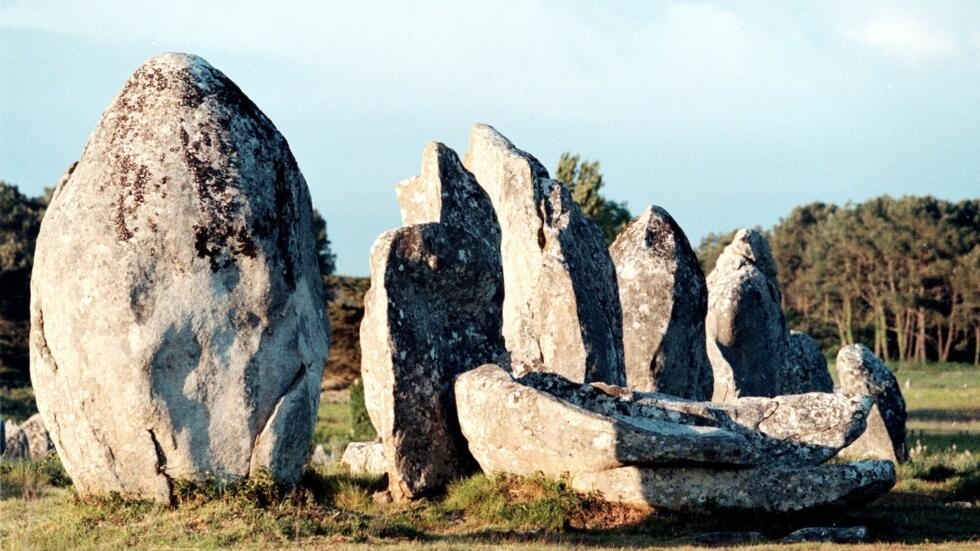The World-Famous Carnac Stones of Brittany: A 3000 Monolithic Neolithic Mystery

The Carnac Stones, located in the picturesque region of Brittany, France, stand as enigmatic sentinels of the past, silently guarding their secrets amidst the passage of time. Comprising approximately 3000 monoliths arranged in rows stretching over four kilometers, these ancient stones have fascinated archaeologists, historians, and curious visitors for centuries. Erected during the Neolithic period, these imposing megaliths continue to puzzle researchers as the purpose behind their construction remains shrouded in mystery.
The sheer scale and organization of the Carnac Stones evoke a sense of awe and wonder, inviting speculation about the motivations and beliefs of the ancient people who created them. Dating back to around 4500 to 3300 BCE, during the height of the Neolithic era, the Carnac Stones represent one of the most significant megalithic sites in Europe, rivaling the likes of Stonehenge and Avebury in England.

The arrangement of the Carnac Stones into distinct rows is particularly striking, suggesting deliberate planning and meticulous craftsmanship on the part of their builders. Some rows extend for several hundred meters, while others form intricate patterns or converge at specific focal points, adding to the mystique of the site. The stones themselves vary in size and shape, ranging from small, squat pillars to towering monoliths standing several meters tall, each bearing the marks of weathering and erosion accumulated over millennia.
Despite extensive archaeological research and speculation, the purpose behind the construction of the Carnac Stones remains elusive. Numerous theories have been proposed over the years, ranging from religious and ceremonial functions to astronomical alignments and territorial markers. Some researchers believe that the stones may have served as a sacred site for rituals and ceremonies, perhaps linked to the cycles of the seasons or celestial events. Others suggest that they may have functioned as burial markers or memorials, commemorating significant individuals or events in the community’s history.
The astronomical alignments observed at the Carnac Stones have also led to speculation about their possible role in ancient calendrical systems or as markers of celestial phenomena such as solstices or equinoxes. Some researchers have proposed that certain rows of stones may have been aligned with specific astronomical events, serving as primitive observatories for tracking the movements of the sun, moon, and stars. However, conclusive evidence supporting these hypotheses remains elusive, and the true purpose of the Carnac Stones continues to elude definitive explanation.

Despite the mysteries surrounding their origin and purpose, the Carnac Stones remain a source of fascination and inspiration for researchers and enthusiasts alike. Their sheer antiquity and enigmatic presence evoke a sense of wonder and curiosity about the lives and beliefs of the ancient people who created them. As ongoing archaeological investigations shed new light on this ancient site, the Carnac Stones continue to captivate the imagination and challenge our understanding of the distant past.
In conclusion, the Carnac Stones of Brittany stand as enduring symbols of the ancient past, silently bearing witness to the passage of time and the mysteries of human history. Erected during the Neolithic period, these enigmatic monoliths continue to puzzle researchers with their purpose and significance. As ongoing research and exploration uncover new clues about this ancient site, the Carnac Stones serve as a reminder of the enduring legacy of our ancestors and the rich tapestry of human civilization.